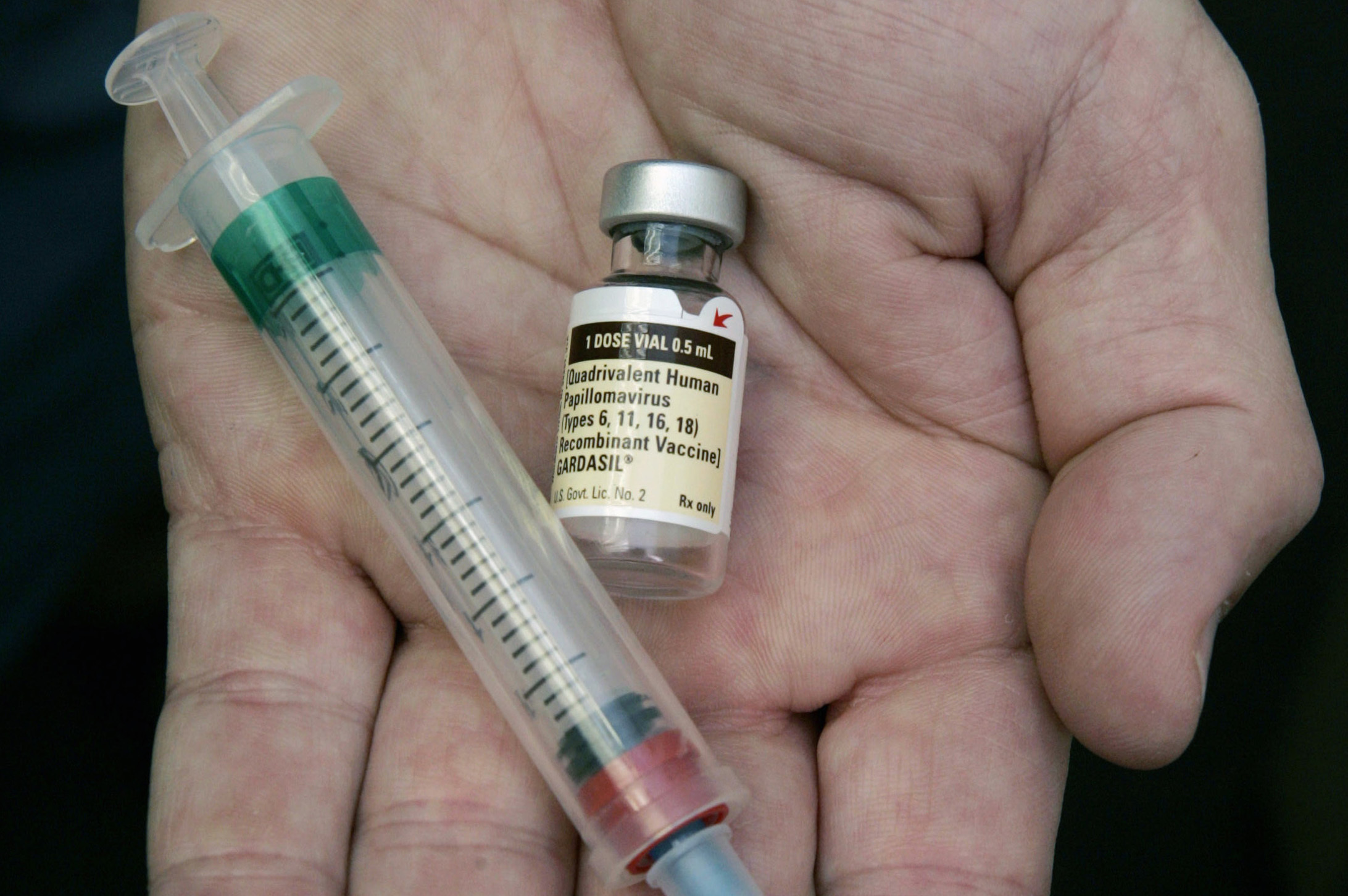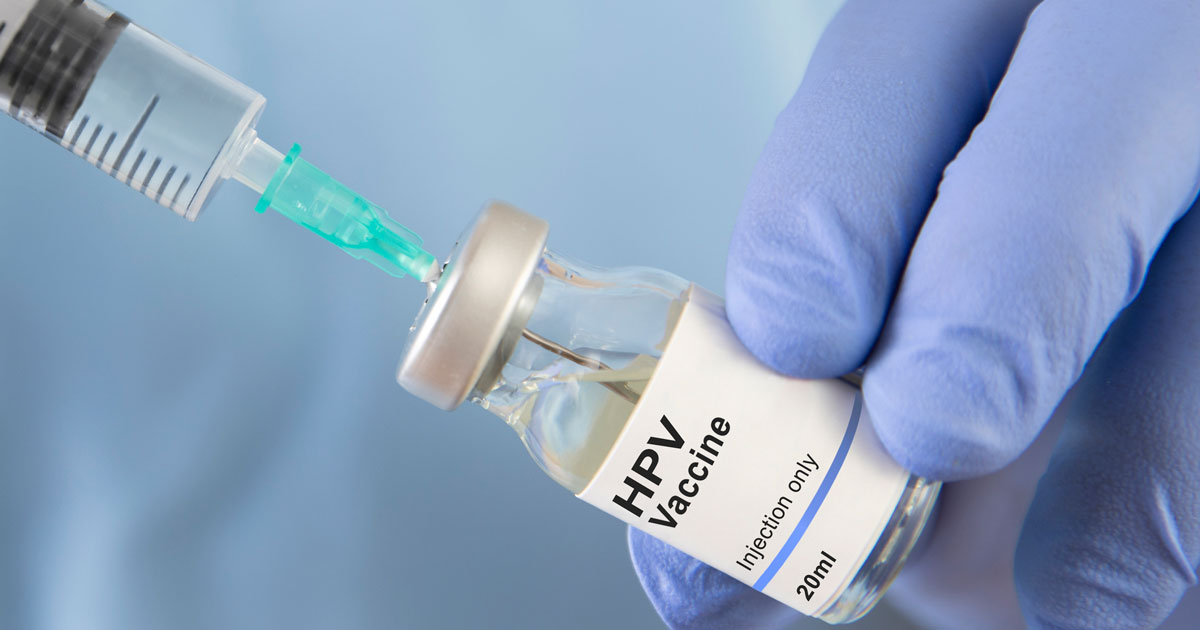Over the last 20 years, throat cancer has been increasing rapidly in Western countries, with oropharyngeal cancer, affecting the tonsils and the back of the throat, at the forefront of this rise. The main culprit behind this cancer is the human papillomavirus (HPV), which is also responsible for most cases of cervical cancer. Alarmingly, oropharyngeal cancer has now become more common than cervical cancer in the U.S. and the U.K., marking a significant shift in cancer trends related to HPV.
The primary mode of HPV transmission is sexual contact, and the key risk factor for oropharyngeal cancer is the number of lifetime sexual partners, especially those involving oral sex. Research has shown that individuals with six or more oral-sex partners are 8.5 times more likely to develop oropharyngeal cancer than those who have not engaged in oral sex.
Studies in the U.K. found that 80% of adults have practiced oral sex, although most people do not develop this type of cancer, leaving researchers to question why some individuals are more susceptible than others.

One prevailing theory suggests that while most people are exposed to HPV at some point in their lives, they are typically able to clear the infection due to a healthy immune response. However, in a small subset of people, the virus is not eradicated and can persist in the body. Over time, the virus integrates into the host’s DNA, leading to mutations that may cause cancerous growths. This could explain why some individuals develop oropharyngeal cancer despite widespread exposure to the virus.
Efforts to curb HPV-related cancers, particularly cervical cancer, have focused on vaccination programs for young girls. There is growing evidence that these vaccines may also help prevent HPV infections in the mouth, potentially reducing rates of oropharyngeal cancer.
In countries with high vaccination rates among girls, boys may benefit from herd immunity, further decreasing the likelihood of HPV transmission. However, this level of protection is contingent upon achieving high vaccination coverage, which remains a challenge in certain countries like the U.S.
To address this, several nations have expanded their HPV vaccination programs to include boys, adopting a gender-neutral approach. Nevertheless, vaccine coverage remains inconsistent, and vaccine hesitancy is an ongoing challenge, exacerbated by concerns over vaccine safety and rising anti-vaccination attitudes following the COVID-19 pandemic.
As a result, ensuring widespread protection against HPV-related cancers remains a complex public health issue that requires overcoming both social and logistical hurdles.
